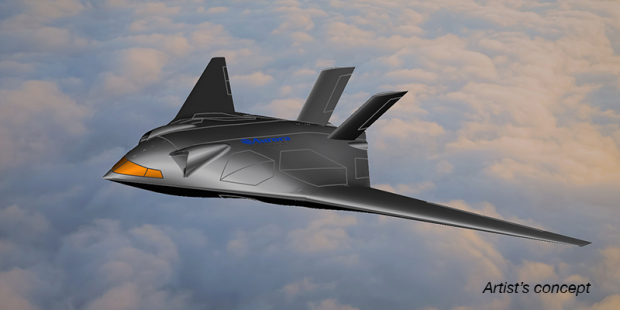
Breaking News
 Christmas Truce of 1914, World War I - For Sharing, For Peace
Christmas Truce of 1914, World War I - For Sharing, For Peace
 The Roots of Collectivist Thinking
The Roots of Collectivist Thinking
 What Would Happen if a Major Bank Collapsed Tomorrow?
What Would Happen if a Major Bank Collapsed Tomorrow?
Top Tech News
 Travel gadget promises to dry and iron your clothes – totally hands-free
Travel gadget promises to dry and iron your clothes – totally hands-free
 Perfect Aircrete, Kitchen Ingredients.
Perfect Aircrete, Kitchen Ingredients.
 Futuristic pixel-raising display lets you feel what's onscreen
Futuristic pixel-raising display lets you feel what's onscreen
 Cutting-Edge Facility Generates Pure Water and Hydrogen Fuel from Seawater for Mere Pennies
Cutting-Edge Facility Generates Pure Water and Hydrogen Fuel from Seawater for Mere Pennies
 This tiny dev board is packed with features for ambitious makers
This tiny dev board is packed with features for ambitious makers
 Scientists Discover Gel to Regrow Tooth Enamel
Scientists Discover Gel to Regrow Tooth Enamel
 Vitamin C and Dandelion Root Killing Cancer Cells -- as Former CDC Director Calls for COVID-19...
Vitamin C and Dandelion Root Killing Cancer Cells -- as Former CDC Director Calls for COVID-19...
 Galactic Brain: US firm plans space-based data centers, power grid to challenge China
Galactic Brain: US firm plans space-based data centers, power grid to challenge China
 A microbial cleanup for glyphosate just earned a patent. Here's why that matters
A microbial cleanup for glyphosate just earned a patent. Here's why that matters
 Japan Breaks Internet Speed Record with 5 Million Times Faster Data Transfer
Japan Breaks Internet Speed Record with 5 Million Times Faster Data Transfer
DARPA's high-speed VTOL X-plane passes ground effect testing

Early ground effect testing has demonstrated its fan-in-wing vertical lift system.
DARPA is running the SPRINT program jointly with the US Special Operations Command. The stated goal is "to design, build, and fly an X-plane to demonstrate the key technologies and integrated concepts that enable a transformational combination of aircraft speed and runway independence."
Essentially, the outcome will be a proof-of-concept demonstrator for a new class of military aircraft with the ability to move troops and/or cargo much faster than helicopters, with the operational flexibility of land-anywhere VTOL – so it's not there to compete with the F-35 Lightning as a VTOL-capable fighter plane, more as a high-speed transport option.
It's currently in Phase 1B – the preliminary design stage, in which Aurora's fan-in-blended-wing design is competing against Bell's HSVTOL concept, which is more like a Bell Boeing V-22 Osprey tilt-rotor – except with big ol' jets taking over for high-speed cruise flight as the large VTOL rotors fold out of the way.
The demonstrator – should Aurora win the contract to build it – will be an uncrewed plane with a 45-ft (14 m) wingspan, capable of carrying 1,000 lb (454 kg) of payload. Its turbofan and turboshaft engines will give it a maximum speed around 450 knots (518 mph / 834 km/h).
Its VTOL system will consist of three vertical lift fans – one in each wing, and one in the forward-center of the fuselage, with aerodynamic covers for cruise flight that fold open when it's time for the lift fans to get to work.
But the full-size vision here is more than twice that size, with a wingspan of 130 ft (40 m) and a payload bay door some 40 ft (12 m) wide. This machine will use four lift fans, two in each wing, with more complex slatted covers on the tops and bottoms – presumably these might even offer some thrust vectoring capabilities for added agility, responsiveness and stability in a hover.
It's interesting to note that there don't seem to be any flaps or physical control surfaces on the full-size concept pictured here. A simple matter of lazy Friday-afternoon rendering at Aurora, or perhaps a nod to another project the company is working on for DARPA?

 The State's Last Stand
The State's Last Stand


